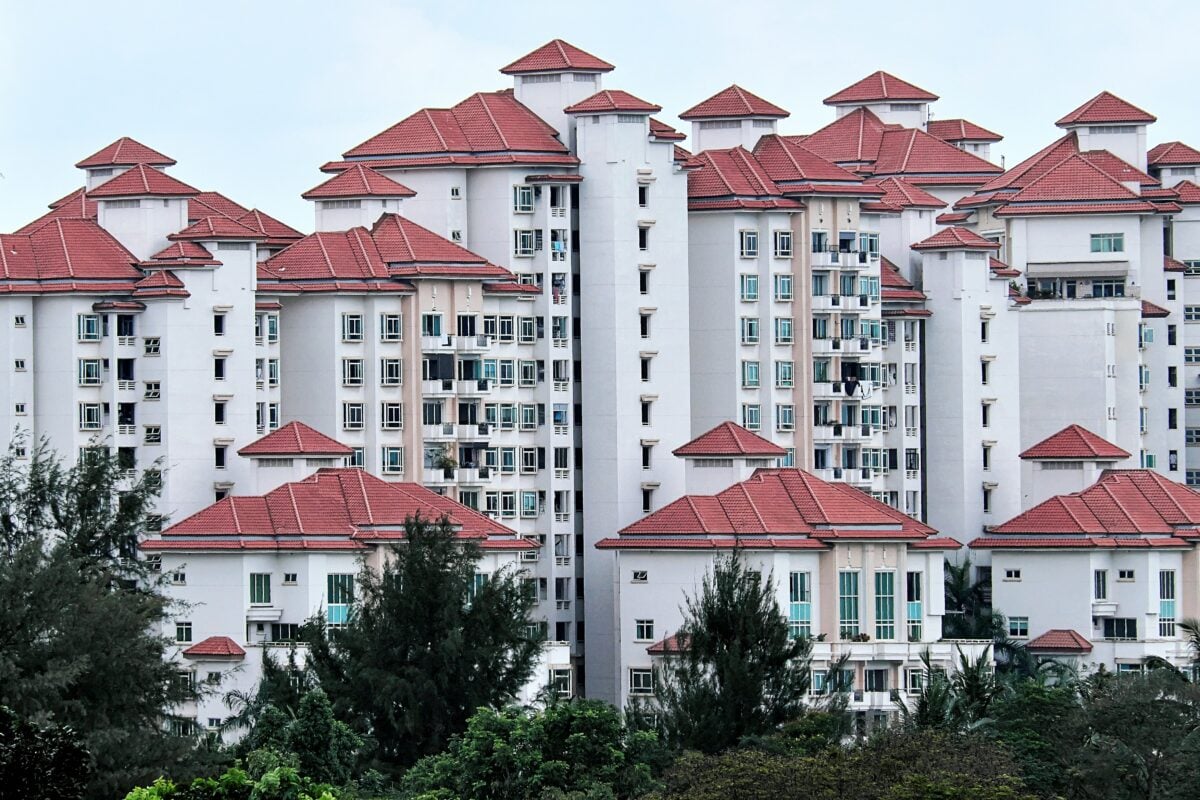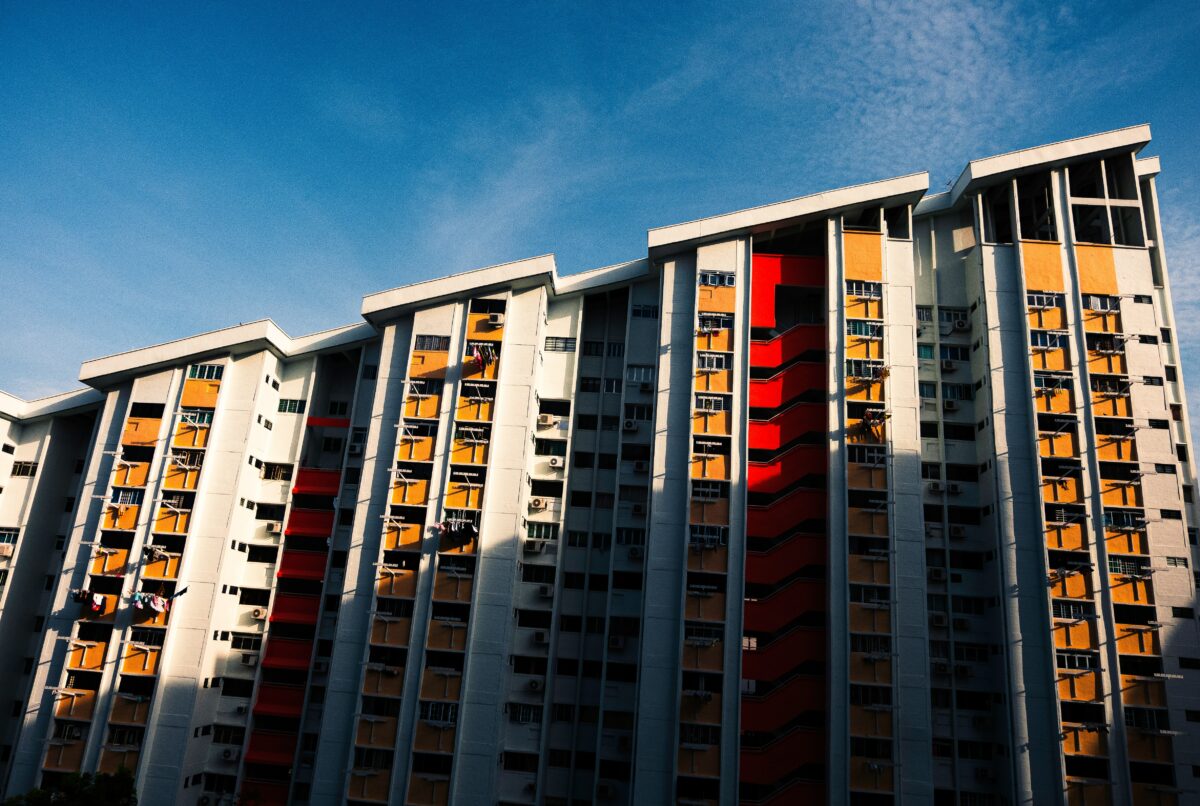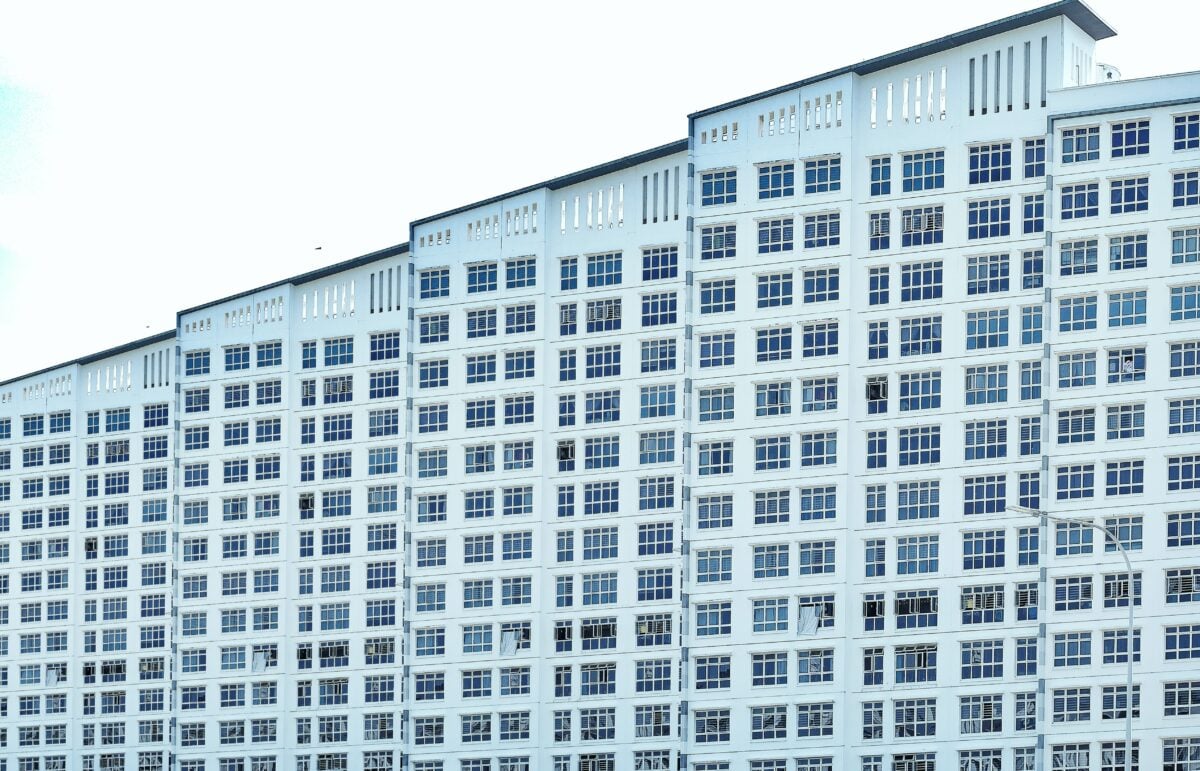In the ever-evolving real estate market landscape in Singapore, the new public housing model was introduced by the Housing and Development Board (HDB) to significant attention. Designed to provide more equitable housing opportunities and enhance the living standards of residents, this model brought about some notable shifts in the property sector, particularly, for this article, in the resale market.
As homeowners and potential buyers sift through the new model, gaining a deeper understanding of it becomes paramount.
This article delves into the essence of the new public housing model, its objectives, and the ripple effects it has created in HDB resale prices. This article also aims to shed light on the implications of this model for homeowners, investors, and the broader HDB market.
Factors influencing HDB resale prices

While the resale value of HDB flats is influenced by a myriad of factors, each one of them plays a pivotal role in determining the selling price. Understanding these factors is crucial for for sellers, aiming to maximise their returns, and buyers, looking for value-for-money deals. Let’s take a look at those factors aforementioned:
- Location: The primary determinant of HDB resale prices traditionally relies on their location. Flats in prime areas that are close to Central Business District (CBD) or major amenities tend to be priced higher. Additionally, proximity to MRT stations, shopping centres, and schools significantly enhance a property’s appeal and consecutively, its value.
- Size and layout: When HDB flats have a favourable size and layout, they tend to be priced higher, with larger units that have additional rooms or unique layouts commanding highest prices thanks to the increased living space and potential for customisation.
- Amenities: Most, if not all, modern homebuyers prefer and prioritise convenience. Amenities like parks, recreational facilities, hawker centres, and clinics are often demanded highly. With the introduction of the “Plus” classification, highlighting units near key amenities like transport nodes, further underscores the importance of this factor.
- Market demand: With the overall high demand of resale HDBs, it already sways prices on its own. Especially during periods of high demand, price surges happen. However, in contrast, when the market is saturated or if there is an economic downturn can lead to price drops.
- New Public Housing Model: Also known as the new BTO classification, this new model has added another layer to the resale price dynamics. Most prefer “Plus” locations and the potential for increased value in the future, sellers are leveraging this model to adjust their asking prices, especially for units in strategic locations.
Read more: UBS expects home price growth to moderate: What’s next for Singapore’s property market?
In the context of the new public housing model, it’s evident that while traditional factors like location and size continue to hold sway, new considerations are emerging. The anticipation of future value, especially with the unveiling of “Plus” locations, is reshaping the HDB resale market, leading to shifts in pricing strategies and buyer expectations.
Overview of the new Plus housing category

The Housing and Development Board’s introduction of the “Plus” housing category hails a significant shift in Singapore’s public housing landscape. The units under this new category offer enhanced living experiences and greater accessibility to essential amenities, the “Plus” category has garnered substantial interest from both potential buyers and current homeowners. Let’s take a look at what the “Plus” category entails:
- Defining “Plus”: Basically, it means units that are strategically located near key amenities, including MRT stations, shopping centres, educational institutions, and other essential facilities. What this means is that the “Plus” units offer convenience of having everything needed within a stone’s throw.
- Benefits for residents: Beyond the obvious advantage of location, “Plus” flats are expected to come with a range of additional benefits. This could include modern design elements, enhanced community facilities, and possibly even smart home features. The exact offerings would vary based on the project and its location.
- Pricing implications: With the added benefits and prime locations, it’s anticipated that “Plus” flats might carry a premium price tag compared to standard HDB units. However, the exact pricing would be determined by a combination of factors, including market demand, the specific amenities on offer, and the broader economic environment.
- Future value considerations: One of the most discussed aspects of the “Plus” category is its potential for future value appreciation. Given their prime locations and enhanced features, these units are expected to be in high demand in the resale market, potentially offering homeowners significant returns on their investment.
- Regulations and restrictions: It’s worth noting that the “Plus” category might come with its own set of regulations and restrictions. For instance, there’s been talk of a longer minimum occupation period for these units. Such measures are introduced to ensure that the primary objective of providing quality housing to Singaporeans is met, rather than speculative buying and selling.
In essence, the “Plus” housing category represents HDB’s commitment to elevating the living standards of Singaporeans. By offering units that are not just homes, but hubs of convenience and modernity, the board is setting a new benchmark in public housing. As this category continues to evolve, it will be intriguing to see its long-term impact on Singapore’s housing landscape.
Market analysis: Resale value of flats in the medium term

The introduction of the new public housing model, particularly the “Plus” category, has stirred discussions among homeowners, potential buyers, and property analysts. While the long-term effects will unfold over time, the medium-term implications on the resale value of HDB flats are already becoming evident. Here’s an analysis of the expected trends and shifts in the medium term:
- Immediate price adjustments: As observed, some homeowners are already leveraging the potential of the “Plus” classification to adjust their asking prices. Especially for units located near MRT stations or essential amenities, there’s been a noticeable increase in asking prices, sometimes even by up to S$10,000.
- Increased buyer interest: The allure of potential future value appreciation has piqued the interest of many buyers. The prospect of purchasing a resale flat in potential “Plus” locations, even before the official announcement of such classifications, is seen as an attractive investment opportunity by many.
- Shift in buyer preferences: With the introduction of the “Plus” category, there’s a discernible shift in buyer preferences. More potential buyers are now prioritising locations that might fall under the “Plus” classification in the future, even if it means paying a slight premium now.
- Market speculations: The property market is rife with speculations regarding which locations might be classified as “Plus” in the upcoming announcements. Such speculations, while based on educated guesses, are influencing buying and selling decisions in the medium term.
- Potential for overvaluation: One concern that has emerged is the potential for overvaluation of certain properties. While the “Plus” classification does add value, there’s a risk of some properties being priced disproportionately high based on mere speculations.
- Government interventions: Given the rapid shifts in the market, there’s a possibility of government interventions to ensure stability. Measures could be introduced to prevent speculative buying and selling and to ensure that the primary objective of the new public housing model is met.
Read more: What is HDB Flat Eligibility (HFE) letter and how to apply (2023)
In conclusion, the medium-term outlook for the HDB resale market is one of dynamism and change. While the new public housing model promises enhanced living experiences, it also brings with it challenges and considerations for both buyers and sellers. As the market continues to adapt to these changes, it will be crucial for stakeholders to make informed decisions based on thorough research and analysis.
Market analysis: Resale value of flats in the long run

While the medium-term effects of the new public housing model are already becoming apparent, the long-term implications hold even greater significance for the HDB resale market. The introduction of the “Plus” category, combined with other factors, is set to shape the future landscape of Singapore’s public housing sector. Here’s a deep dive into the potential long-term effects:
- Sustained value appreciation: As the “Plus” category becomes more established and its benefits more widely recognised, properties falling under this classification are expected to see sustained value appreciation. Their strategic locations and enhanced amenities will likely make them sought-after assets in the resale market.
- Changing demographics and preferences: Over time, as Singapore’s demographics evolve, there might be a shift in housing preferences. Younger generations might prioritise convenience and modern amenities, further boosting the demand for “Plus” classified properties.
- Potential saturation: While the initial phases might witness a surge in demand for “Plus” properties, there’s a possibility of market saturation in the long run. As more properties get classified under the “Plus” category, the distinctiveness and premium associated with them might diminish.
- Government policies and regulations: In the long run, the government might introduce new policies or tweak existing ones to ensure the stability and fairness of the housing market. This could include measures to control prices, ensure equitable distribution of “Plus” properties, or introduce new housing models.
- Economic factors: External economic factors, such as global economic downturns, recessions, or significant policy changes, can influence the HDB resale market. While the “Plus” category might offer some insulation against market volatility, it won’t be entirely immune to broader economic trends.
- Integration with smart city initiatives: As Singapore progresses towards its vision of becoming a Smart Nation, the integration of smart technologies in public housing will become more prevalent. “Plus” properties, with their modern amenities, might be at the forefront of this integration, further enhancing their long-term value.
In summary, the long-term outlook for the HDB resale market, in light of the new public housing model, is one of cautious optimism. While there are undeniable benefits and potential for growth, there are also challenges and uncertainties to navigate. Stakeholders, be it homeowners, buyers, or policymakers, will need to adopt a forward-thinking approach, keeping an eye on both immediate trends and future possibilities.
Conclusion
The introduction of the new public housing model by the Housing and Development Board signifies a transformative phase in Singapore’s real estate landscape. With the “Plus” category as its centrepiece, this model seeks to elevate the standards of public housing, offering residents a blend of enhanced living experiences and prime locations. As we’ve delved into this article, the implications of this model on the HDB resale market are profound, influencing both immediate market reactions and long-term trajectories.
In the immediate to medium term, we’ve witnessed notable price adjustments, a surge in buyer interest, and market speculations, all propelled by the potential of the “Plus” classification. The long-term perspective, while holding promise, is not without challenges, including the risk of market saturation and the broader economic context.
For homeowners and potential buyers, informed decision-making remains crucial. The allure of the “Plus” category is undeniable, but it’s vital to weigh it against broader market trends and individual housing needs. In the grand scheme of Singapore’s housing market, the new public housing model stands as both an opportunity to redefine housing standards and a challenge to ensure these standards benefit all.
The post The impact of the new public housing model on HDB resale prices appeared first on .

